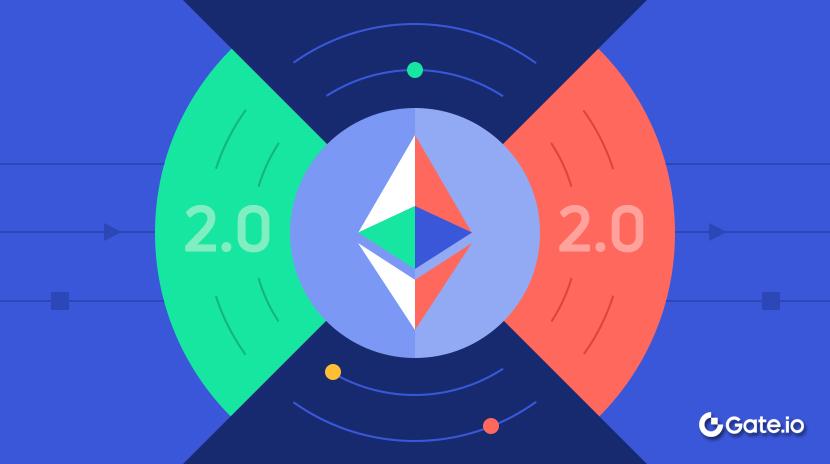Why Crypto Twitter Is Lying To You About Token Launches
Spoiler: The loudest voices usually have the worst takes
Crypto Twitter loves to tell you exactly how to launch a token. Get 100k followers first. Farm engagement with quests. Raise from tier 1 VCs. Launch with 2% circulating supply. Create maximum hype during TGE week.
Here’s the problem: It’s all bullshit.
I just dug into some incredible research by@SimplicityWeb3""> @SimplicityWeb3 - they analyzed 50,000 data points from 40 major token launches in 2025, and the results are… uncomfortable for anyone who’s been following conventional Crypto Twitter wisdom.
The Great Engagement Lie
Everyone obsesses (even me) over Twitter metrics. Likes, retweets, replies, impressions - the whole vanity circus. Projects spend thousands on engagement farming, quest platforms, and follower buying.
Correlation with 1-week price performance: basically zero.
Simplicity Group’s regression analysis showed an R² of 0.038 for engagement metrics vs price performance. In plain English: engagement explained almost none of the variation in token success.
Likes, comments, and reposts actually showed slight negative correlation with price performance. Meaning projects with more engagement sometimes performed worse. GoPlus, SonicSVM, and RedStone posted constantly but didn’t see proportional engagement relative to their user base.
data from https://docsend.com/view/khn4nms2ehjjskv3
The only metric that showed any positive correlation is actually surprising. It’s retweets before launch week. Coefficient of 0.094 p-value - barely approaching statistical significance, and even then, weak as hell.
So while you’re out here buying bots and designing elaborate quest campaigns, you’re essentially burning money for Instagram-level validation.
The Low Float Mythology
Crypto Twitter is obsessed with “low float high FDV” launches. The narrative goes: launch with tiny circulating supply, create artificial scarcity, watch number go up.
Wrong again.
Initial circulating supply as a percentage of total supply has zero correlation with price performance. The research showed no statistical significance whatsoever.
What matters: the dollar value of your Initial Market Cap.
With an R² of 0.273 and adjusted R² of 0.234, the relationship is crystal clear: for every 1-point increase in log(IMC), 1-week return drops ~1.37 units.
In normal people terms: for every 2.7x increase in Initial Market Cap, price performance drops by ~1.56% over the first month. This relationship is so strong it’s basically causal.
The lesson: it’s not about the percentage of tokens you unlock - it’s about the total dollar value hitting the market.
The VC Backing Delusion
“Wow, they raised $100M from a16z, this is going to moon!”
Narrator: It did not moon.
Fundraising amount vs 1-week returns: correlation of 0.1186, p-value of 0.46. Fundraising vs 1-month returns: correlation of 0.2, p-value of 0.22.
Both statistically insignificant. There’s literally no relationship between how much money a project raised and how well their token performed.
Why? Because bigger raises usually mean higher valuations, which means more sell pressure to overcome. The extra capital doesn’t magically translate to better tokens.
Yet Crypto Twitter treats fundraising announcements like buy signals. It’s like judging a restaurant by how much the owner paid for rent.
Perfect example: projects in the research that raised massive amounts didn’t automatically outperform those with modest funding. A $100M raise doesn’t guarantee better tokenomics or stronger communities than a $10M raise.
The Hype Timing Fallacy
Conventional wisdom says to save your biggest announcements for launch week. Create maximum FOMO. Get everyone’s attention when the token goes live.
Data says the opposite.
Engagement dies after launch. Users follow the next shiny airdrop, and your carefully crafted post-launch content gets ignored.
The projects that sustained performance built awareness before launch week, not during it. They understood that pre-launch attention creates actual buyers, while launch-week attention creates tourists. Kinto’s engagement peaked pre-TGE when they posted teasers leading to launch, not after when everyone moved on to the next opportunity.
What Actually Works
So if Twitter engagement, low float, VC backing, and hype timing don’t matter, what does?
Actual Product Utility
Projects that naturally generate content (like Bubblemaps with onchain investigations or Kaito with narrative tracking) outperformed meme-heavy accounts. Bubblemaps and Kaito had massive, consistent engagement because their products organically create alpha-full content.Volume Retention
Tokens that maintained trading volume after the initial pump showed significantly better price performance. Spearman’s rank correlation of -0.356 (p=0.014) - tokens that dropped more in volume tended to perform worse in price. The highest volume retention quartile (Q4) showed significantly higher median and mean price performance at 1 month post-launch.Realistic Initial Market Caps
The strongest predictor of success. Coefficient of -1.56 with statistical significance. Launch with a reasonable valuation and you have room to grow. Launch at $100M+ and you’re fighting gravity.Authentic Communication
Consistent tone that matches the product. Powerloom’s $5.2M raise and overly playful tone didn’t align - POWER collapsed 77% first week, down 95% since launch. Meanwhile Walrus leaned into humor authentically and saw +357% one month after TGE. Hyperlane stuck to matter-of-fact updates and shot up 533% in the first week.
Why Crypto Twitter Gets It Wrong
The disconnect isn’t malicious - it’s structural.
Crypto Twitter rewards engagement, not accuracy. Threads about “10 ways to 100x your token launch” get more retweets than “here’s what the data actually shows.”
Influencers build audiences by confirming existing beliefs, not challenging them. Telling people their engagement farming is pointless doesn’t pay the bills.
Plus, most Crypto Twitter personalities haven’t actually launched tokens. They’re commenting on a game they’ve never played. Meanwhile, projects like Story Protocol that actually shipped products saw sustained performance regardless of their Twitter follower counts.
The Real Meta
Here’s what successful projects actually do (according to the data):
- Focus on building something people want to use
- Price their token reasonably at launch
- Communicate authentically with their audience
- Measure what matters, not what gets likes
Revolutionary stuff, I know.
Take Quai Network - they focused heavily on technical explainers and educational threads about their unique blockchain consensus model. Average views during TGE were ~24k impressions. QUAI rose 150% in the first week post-launch. Not because they had millions of followers, but because they built genuine interest in their actual innovation.
Compare that to projects burning cash on quest platforms and engagement farms while their tokens crater because nobody actually understands or cares about what they’re building.
The irony is that while everyone’s gaming Twitter algorithms, the projects quietly building useful things and launching sensibly are the ones actually succeeding.
Case study: Zora didn’t communicate tokenomics details on time and dropped 50% one week after TGE. Meanwhile projects that were transparent about their approach and focused on product-driven content consistently outperformed.
Crypto Twitter isn’t lying on purpose. But when the incentives reward hot takes over hard data, the signal gets buried in noise.
This analysis is based on research by Simplicity Group, who analyzed 50,000+ data points from 40 major 2025 token launches. Seriously impressive work - go check out their full methodology and findings. Way more rigorous than anything you’ll find in Crypto Twitter threads.
Disclaimer:
- This article is reprinted from [therosieum]. All copyrights belong to the original author [therosieum]. If there are objections to this reprint, please contact the Gate Learn team, and they will handle it promptly.
- Liability Disclaimer: The views and opinions expressed in this article are solely those of the author and do not constitute any investment advice.
- Translations of the article into other languages are done by the Gate Learn team. Unless mentioned, copying, distributing, or plagiarizing the translated articles is prohibited.
Related Articles

The Future of Cross-Chain Bridges: Full-Chain Interoperability Becomes Inevitable, Liquidity Bridges Will Decline

Solana Need L2s And Appchains?

Sui: How are users leveraging its speed, security, & scalability?

Navigating the Zero Knowledge Landscape

What is Tronscan and How Can You Use it in 2025?
